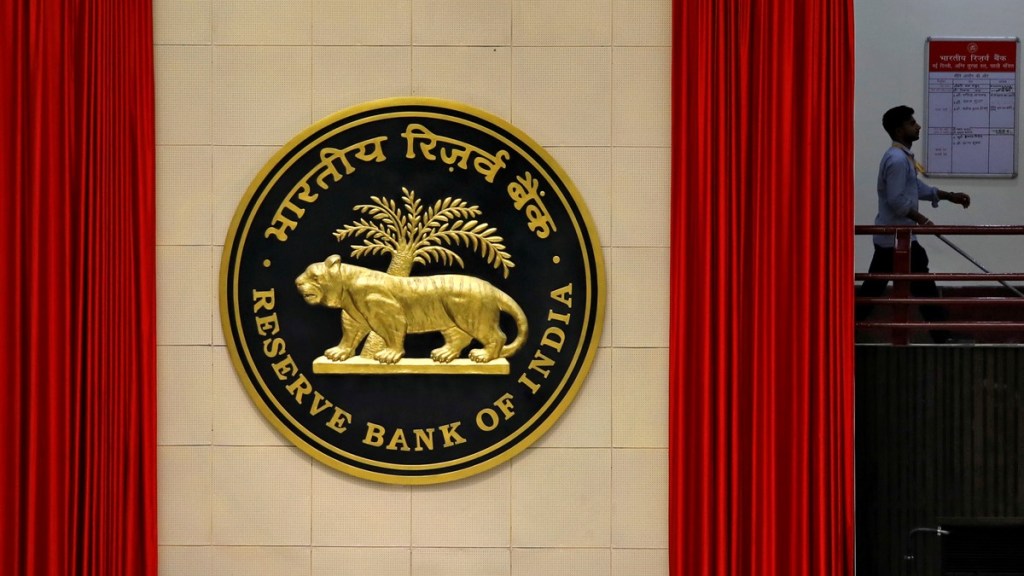The Reserve Bank of India (RBI) received bids worth Rs 3.08 trillon from banks against the notified amount of Rs 2.5 trillion at the variable rate repo (VRR) auction held on Friday, reflecting high demand for cash from lenders amid tight liquidity.
Banks did not get any relief from cash squeeze as the liquidity deficit remained above the Rs 3-trillion mark for the second consecutive day – rising to Rs 3.46 trillion on Wednesday, compared with Rs 3.34 trillion in Tuesday – according to RBI data.
“The liquidity tightness is expected to continue till March. We may keep seeing longer-duration VRR auctions from the RBI,” Madan Sabnavis, chief economist, Bank of Baroda, told FE. Government spending is lower than expected and bank deposits are growing slower than credit, which is keeping the liquidity tight, he added.
The central bank accepted bids at 6.72% cut-off, which is lower than the MSF (marginal standing facility) rate of 6.75%. Through RBI’s MSF, banks can obtain liquidity overnight when interbank liquidity dries up. A repo auction is conducted by the central bank to inject liquidity into the banking system. The central bank has decided to conduct a two-day VRR auction on January 29 to infuse Rs 50,000 crore into the system.
“Amid the sustained liquidity pressure in the banking system, short-term money market rates, starting from overnight rates to commercial papers and certificates of deposit, have remained elevated for long. We believe this is not conducive for the financial system as well as the economic growth,” said Soumyajit Niyogi, director – core analytical group, India Ratings & Research. In case the government spending does not pick up, the RBI will have to step in more durably to manage banking liquidity, he added.
The RBI has conducted a series of repo auctions since December 15. Experts say the longer duration of VRR auctions indicates that the central bank expects liquidity to remain tight in near term. The 15-day VRR auction which was held on Thursday was of the longest tenure since December 16. Tight liquidity has also impacted the short-term money market rates, which have stayed above the repo rate.
Banking liquidity has been under stress for more than a quarter due to higher cash withdrawal because of festival demand, moderation in government spending and slower growth in deposits. Deposits have been growing slower than advances over the past one year. Banks credit offtake increased by 20% year on year (YoY) to reach Rs 159.6 trillion for the fortnight ended December 29 while deposits grew at 13.2% YoY for the fortnight to reach Rs 200.8 trillion.


